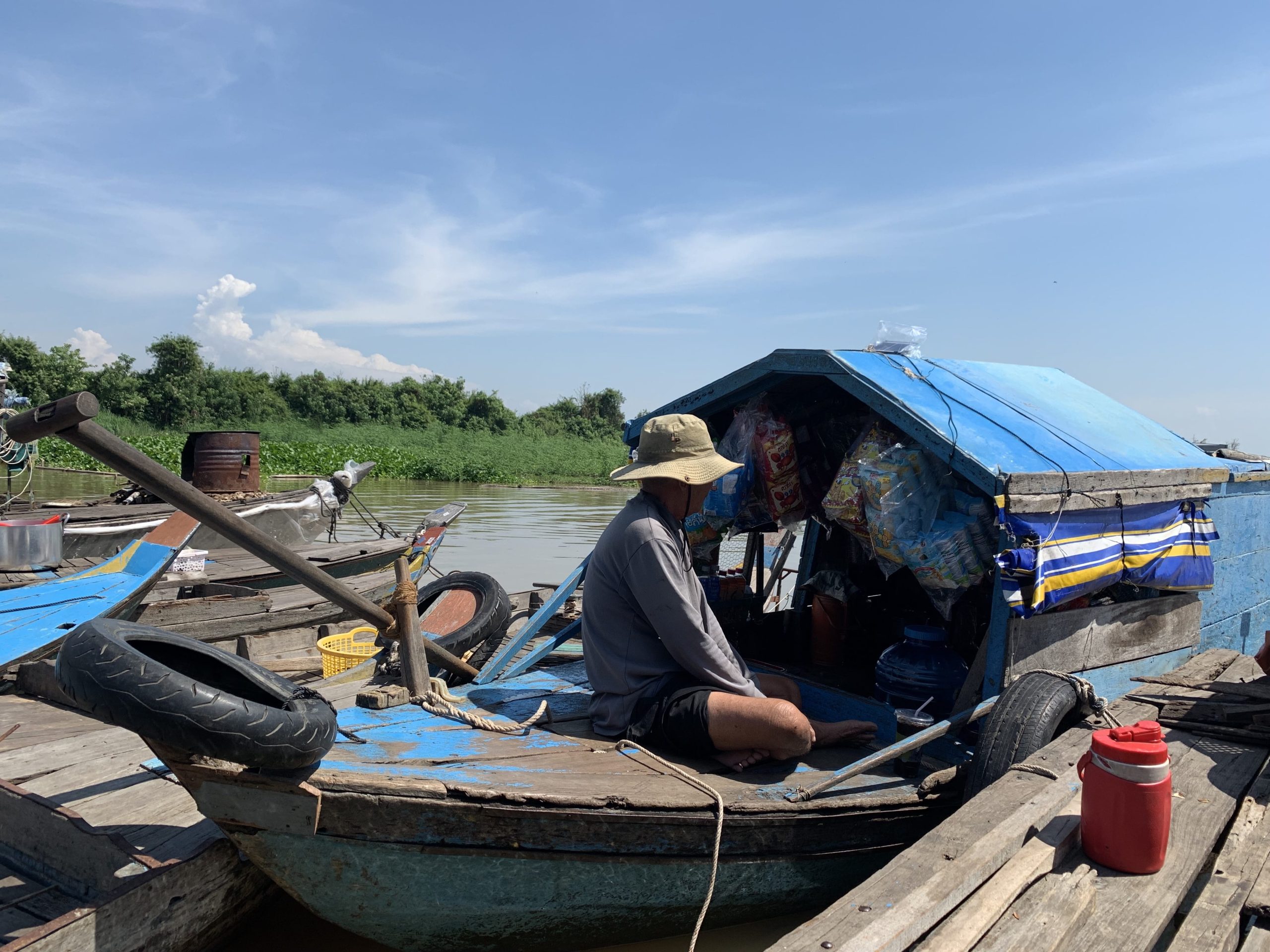1. Citizenship Law
a. Jus sanguinis Provisions
Sri Lankan citizenship is provided through jus sanguinis provisions allowing automatic citizenship for children born in Sri Lanka to a Sri Lankan citizen parent. For children born outside of Sri Lanka to a citizen parent, their birth must be registered for their citizenship to be recognized. There is no definition of statelessness in the citizenship legislation of Sri Lanka.
b. Naturalized Citizenship
To register as a Sri Lankan citizen, one must either be a descendant of a citizen or former citizen who renounced their citizenship to acquire another citizenship, married to or the widow of a citizen, or must have provided distinguished public service or a significant contribution to the country. Foreign citizens or stateless persons who do not meet one of these categories are not eligible for citizenship by registration.
c. Dual Citizenship
Dual citizenship is permitted in Sri Lanka; however, Sri Lankan citizens seeking foreign citizenship will lose their Sri Lankan citizenship if they do not make a declaration to the Minister to retain their citizenship. Foreign citizens applying for Sri Lankan citizenship are not required to renounce their foreign citizenship.
2. Treaty Ratification Status
Sri Lanka has ratified the ICCPR, ICESCR, ICERD, CRC, and CEDAW with no relevant reservations. However, the country has yet to ratify the 1954 Convention relating to the Status of Stateless Persons, the 1961 Convention on the Reduction of Statelessness, and the 1951 Refugee Convention and its 1967 Protocol.
In recent concluding observations, the CESCR Committee expressed concerns over the discrimination, “poverty, poor working conditions, inadequate housing conditions, lack of access to health care, lack of quality education and high drop-out rates, child labour and a lack of citizenship or identity documents” experienced by the Tamil population in Sri Lanka. The concern over difficulty faced by Tamils of Indian origin in accessing citizenship and identity documents was echoed in concluding observations by the CERD Committee, which added that this leads to issues with detention and owning a house or opening a bank account. By ratifying ICERD, Sri Lanka is obligated to protect the right to nationality. Further, ICESCR, which Sri Lanka is also obligated to, protects the right to education and freedom from discrimination.
Concluding observations by the CRC Committee in 2018 raised concern over the large number of births which remain unregistered, especially among marginalized groups, despite reporting a high birth registration rate. It was recommended that Sri Lanka raise awareness of the importance of birth registration and simplify its birth registration procedure to ensure children may register outside of established timelines by implementing a mobile registration mechanism. As a party to CRC, Sri Lanka is bound to ensure that all births are registered immediately and all children enjoy the right to acquire a nationality.
In a recent UPR submission on Sri Lanka, ISI proposed the recommendations of acceding to the Statelessness Conventions as well as “ensure the socio-economic growth and address the marginalization faced by the formerly stateless Tamils of Indian origin in the country”.
| Country | Stateless 1 | Stateless 2 | Refugee | ICCPR | ICESCR | ICERD | CRC | CEDAW |
|---|---|---|---|---|---|---|---|---|
| Sri Lanka |



